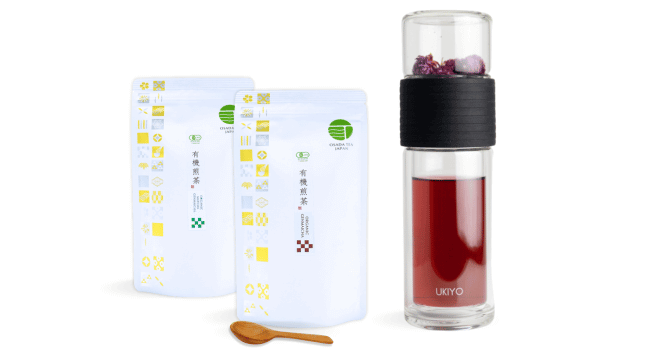July 22h, 2022 - Written by Joshua K.
Our story begins with just two Japanese words: Wabi Sabi.
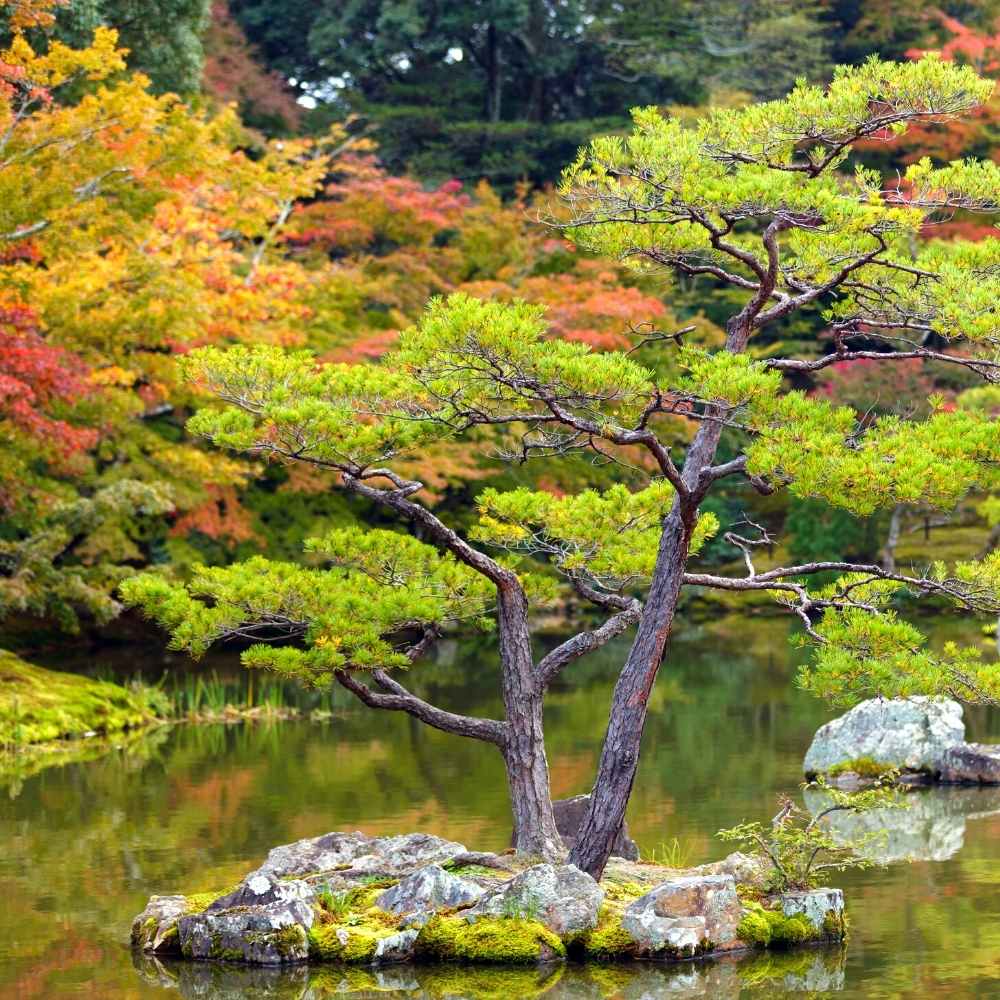
1. Lost in Meaning
Wabi Sabi: these words derive from two ancient Kanji characters, the system of writing that entered Japan from China around thirteen centuries ago.
But what do those characters 侘寂 actually mean?
Now this is where our first tale takes a mysterious turn. The meaning of each word or character has evolved over time. And even then their definitions were never really definite. If you’re looking for a single formulation you won’t find it. A brief history of both Wabi and Sabi will, nonetheless, help you trace some of those shifts and changes.
Wabi appears first to have conjured up a sense of remoteness and isolation within nature. It could also refer to impoverishment, and even a state of wretchedness. But by the 15th century, Wabi referred to feelings of serenity, humility and artful simplicity, though without ever fully shedding the ghosts of those older associations.
Sabi seems also to have emerged out of a poetic idea of isolation. It would go on to describe what is old, worn, and decayed, and might evoke the passage of time. From there it began to represent a more subtle appreciation of the beauty of ancient, faded, or worn things.
The result of bringing these words together was never likely to harden into a doctrine or theory. Think rather of a set of associations, feelings, and moods, and a refined, yet accepting way of looking at the world. This was informed by another development from China, Zen Buddhism.
Experience a new way of brewing tea with Ukiyo Sense glass tea infuser.
Take advantage of a limited promotion to get a FREE Japanese loose leaf tea.
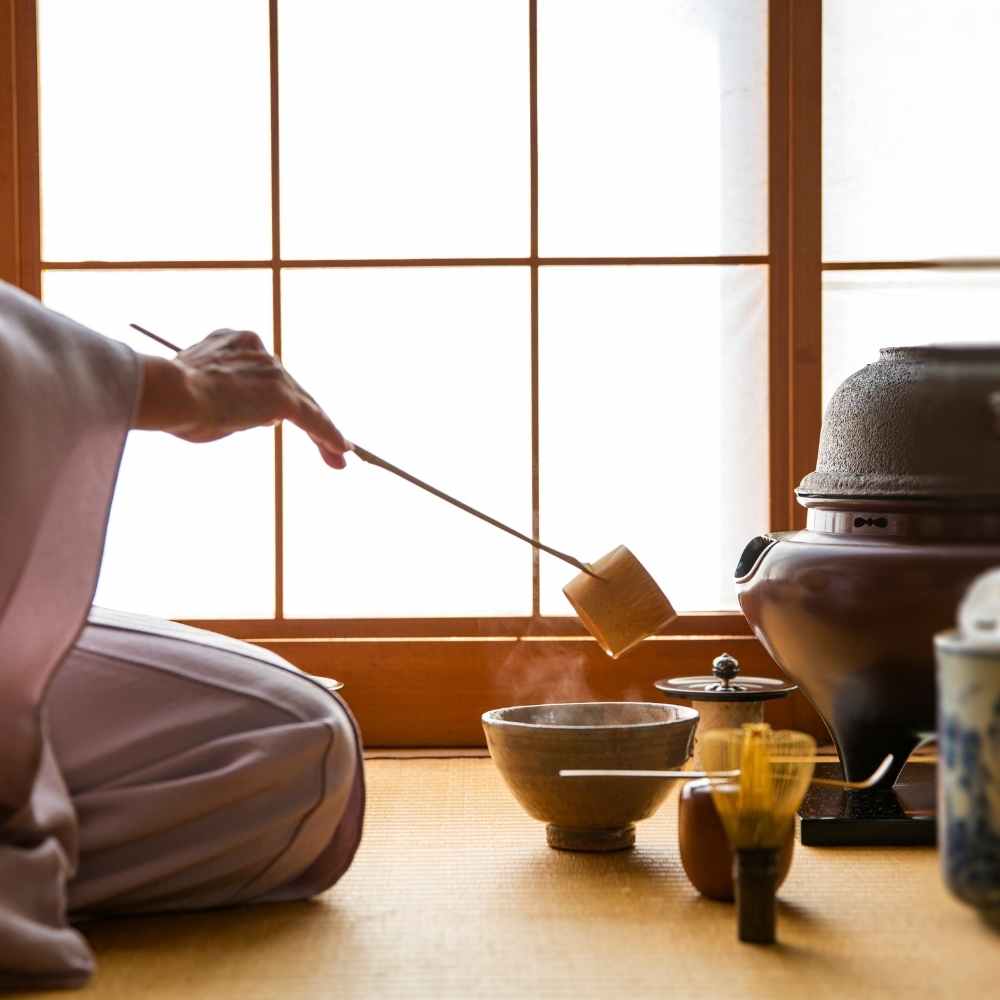
2. Time for Tea
Zen Buddhism sounds like a very big subject, so perhaps best to start with a cup of tea. Wabi Sabi arguably found its fullest expression in the Japanese Tea Ceremony. And the man that arguably raised this to its highest pitch and did most to demonstrate Wabi Sabi in practice was
Sen no Rikyū (1522 -1591).
Rikyū received Zen training in Kyoto and fairly late in life became tea master to the immensely powerful samurai and feudal lord, Toyotomi Hideyoshi (1537-1598). The Tea Ceremony had long drawn on the meditative, mindful character of Zen philosophy, but it was a surprisingly opulent affair. Rikyū rejected the lavish Chinese ceramics favored by its wealthy practitioners and chose humble Japanese ware. He set the ceremony in small, rustic tea rooms where a mood of austere simplicity could be achieved.
The special quality of Rikyū’s Wabi Sabi is most strikingly conveyed by an anecdote concerning his youth. He had gone to a leading tea master, Takeeno Jōō, to learn about the ceremony and instead Jōō set him the task of tending his garden. Rikyū raked it to perfection, but then did something unexpected. He shook a cherry tree (though some say it was a Japanese maple) so that its blossoms would scatter on the flawless ground. The beauty of the scene was enhanced by the apparent work of chance. Something greater than perfection was achieved by inviting nature to have the final word. It was, in its way, very Zen.
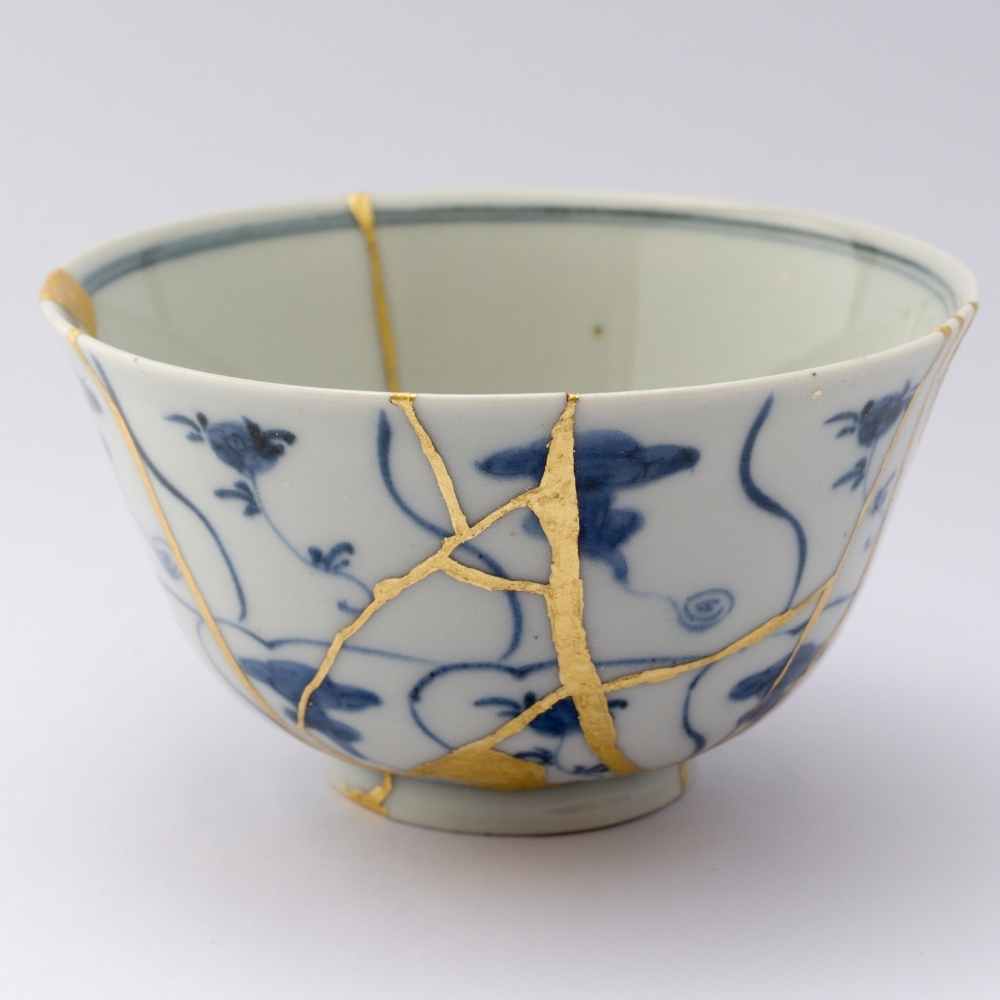
3. The Broken Bowl
Serving a violent if cultivated warlord had its dangers, even for someone as revered as Rikyū. In 1591 Hideyoshi ordered Rikyū’s death for reasons that remain unclear, though Hideyoshi’s temper was well known. Rikyū arranged a final tea ceremony where he presented his guests with select items from the service. One, though, was withheld - a bowl - which he dashed in front of them, declaring, “Never again shall this cup, polluted by the lips of misfortune, be used by man." Shortly after he committed ritual suicide (seppuku). Hideyoshi is said later to have regretted the order.
One wonders what became of the fragments from that bowl. Might one of his disciples have been tempted to defy his words and reassemble them? Indeed, as part of the developing ethic of Wabi Sabi, the repair of broken bowls was already developing into a fine art.
The technique of Kintsugi (golden joinery) allowed craftsmen to join together shattered pieces with a lacquer dusted or mixed with gold powder. The salvaged bowls with their glowing seams were, if anything, more prized than the original intact bowls. The fragility of existence had been answered with reverence and care, so that even damage and loss might play their part in a more profound beauty.
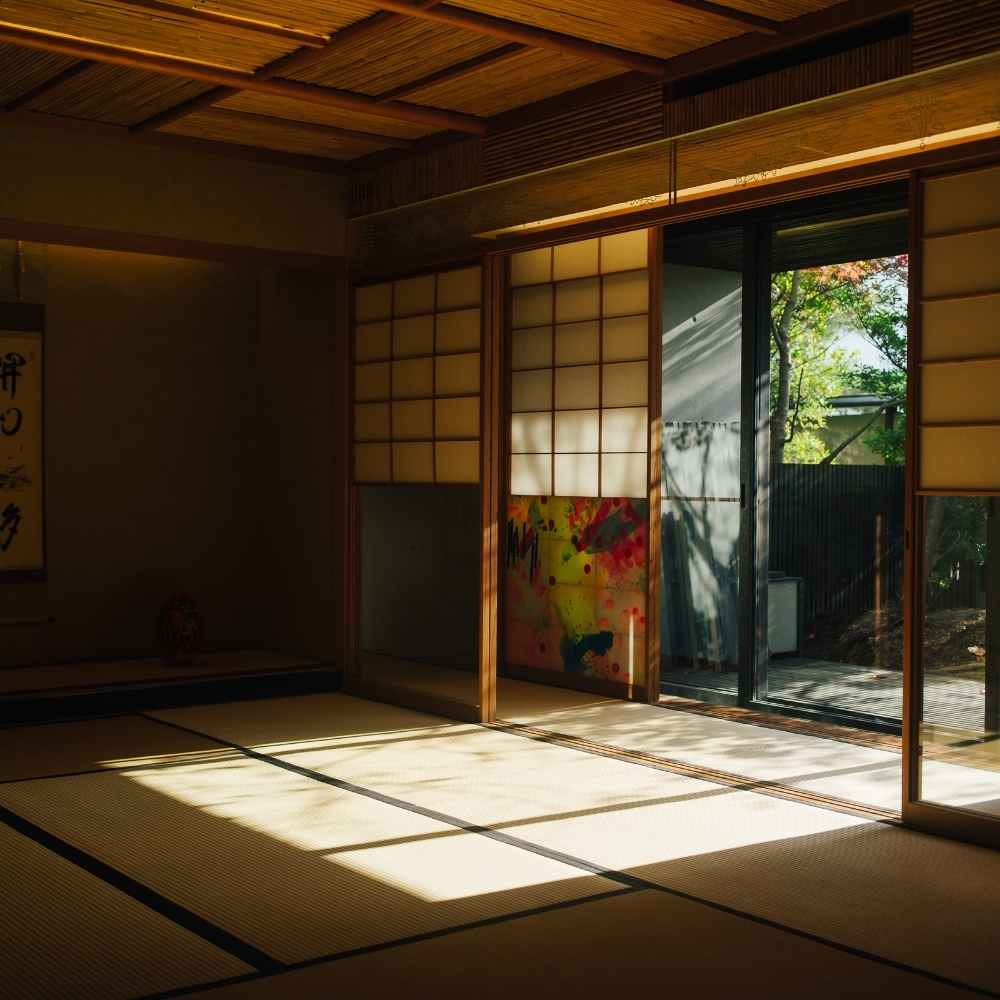
4. Praising Shadows
Japan in the late 19th century underwent an astonishing campaign of modernisation after the Meiji Restoration. The military, economic, and cultural models now being emulated were those coming from Europe and the United States. What place might Wabi Sabi have in a world of battleships, steam, and the electric lightbulb?
Perhaps one of the finest literary evocations of Wabi Sabi is a book that summons its spirit without ever trying to pin it down (impossible, of course). The novelist, Jun'ichirō Tanizaki (1886-1965) sought to capture what was being sacrificed to all those bright mod cons in his book In Praise of Shadows in 1933. He gently laments the loss of mystery to a contemporary love of brightness. And records his own unsuccessful attempts to modernize his home without losing the spirit of the past - glass, we learn, never looks quite right in a shoji screen. But he does so with a certain sly humor. There can be few finer descriptions of enjoying the privacy of a bathroom than in the chapter, ‘The Toilet Aesthetic’. A low subject is raised to an almost transcendent level - Wabi Sabi is nothing if not diverse.
Enjoying your freshly brewed tea starts with a great quality infuser.
Ukiyo Sense portable infuser is easy to use and allows you to control the strength of your tea.

5. Making Shoes
But what now of Wabi Sabi? Where can this elusive aesthetic/ethic still shine? Curiously, one of the most celebrated modern examples is Japanese bespoke shoemaking.
The finest makers, such as Yohei Fukuda in Tokyo, are praised for their extraordinary finesse and quality of execution - especially in Europe where this expensive craft has its origins. Indeed Fukuda, and other masters such as Hidetaka Fukaya (‘Il Micio’) and Koji Suzuki (‘Spigola’) mainly trained in England and Italy, determined to learn from the leading practitioners the arcane lessons of fit, balance, and proportion. Yet many would argue that these erstwhile students have excelled their teachers and now make the most beautiful - and whisper it, the most perfect - shoes in the world.
But the fate of a shoe is not to be perfect but rather to age with its wearer and be burnished with care. Besides, the Japanese stars of shoemaking insist they haven’t really surpassed their masters - that would be monstrous arrogance. The spirit of Wabi Sabi still lives - forever modest, even to a fault.
Jenny embraces reusability and enjoys the health benefits of loose leaf organic tea
"I used to be a heavy coffee drinker, 4 to 6 cups a day. I had built up a strong dependency from it, with horrible migraines everytime I missed my 'shot' at that specific time of the day!.
I've come to learn that organic green tea has amazing benefits for my health, including brain function improvements and a massive amount of antioxidants - all this with a much lower amount of caffeine than coffee... so I just went for it and I couldn't be happier.
I used to buy tea bags but then I tried to brew loose leaf tea and it's night and day: the quality, the flavor, the diversity is just mind-blowing... I'm also excited to achieve zero waste as I'm using Ukiyo Sense as my portable tea infuser. I use it daily and I absolutely love my tea making time. It's my new 'me time'."
Bought Ukiyo Sense on February 5th, 2022
156 Customer Reviews - Rated 4.9 ★★★★★
To start brewing real tea you need the right tools! Choose a portable glass quality infuser and a few loose leaf organic teas - you won't go back!



